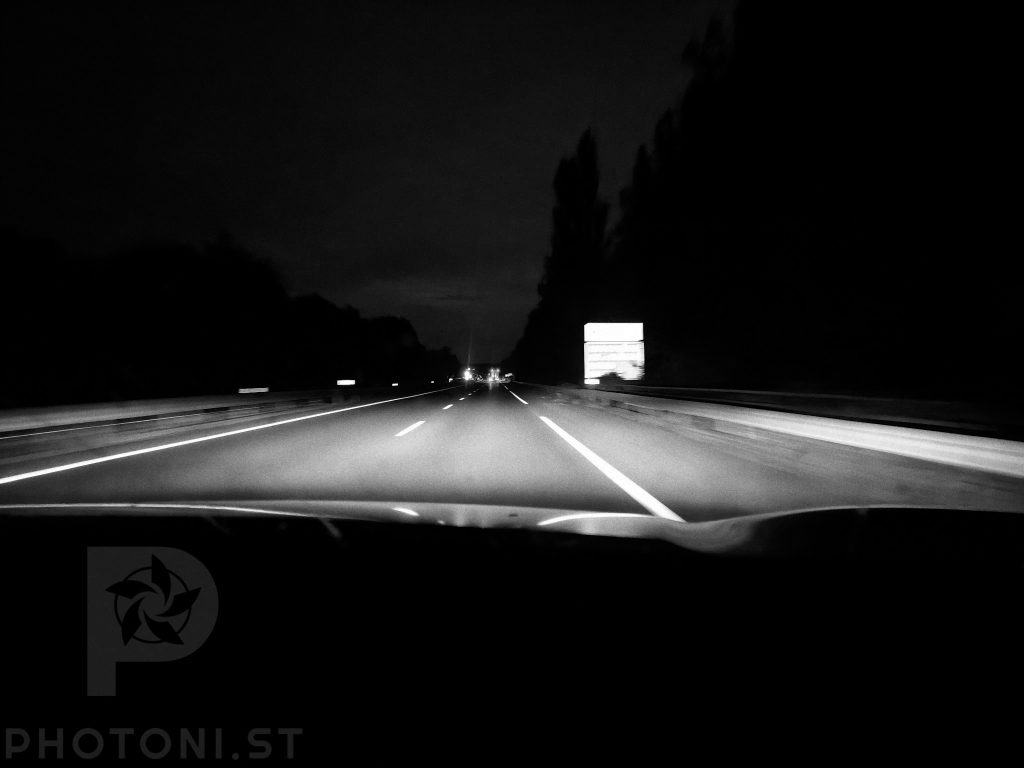Just back from Oslo and then Spain, we’re off to Paris for the Salon de la Photo. These photos are the ones I took with my phone. I also took some with the Flexaret TLR, but they’ll take a few days to process.
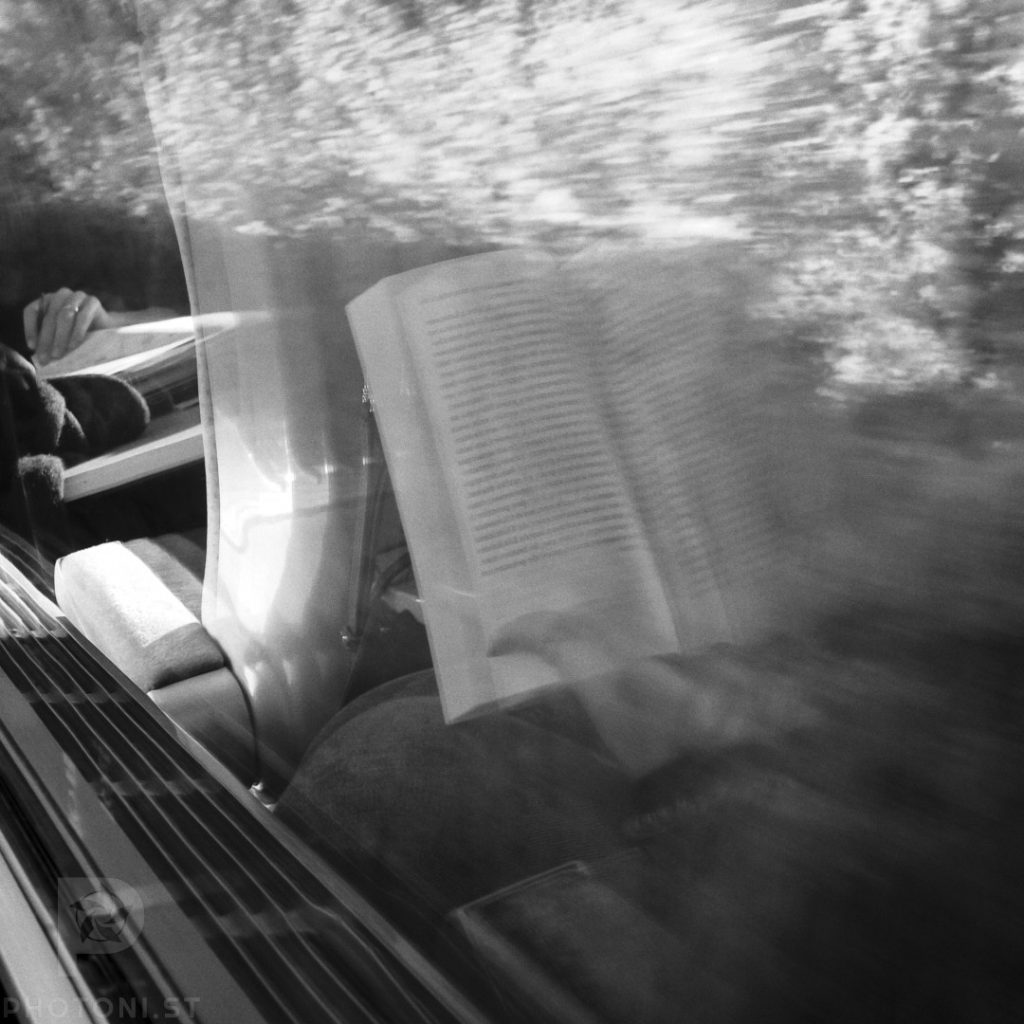
Just back from Oslo and then Spain, we’re off to Paris for the Salon de la Photo. These photos are the ones I took with my phone. I also took some with the Flexaret TLR, but they’ll take a few days to process.

It seems that the majority of amateur photographers go through the same predictable journey that you can track through their gear. They begin their journey convinced that better gear will make them better photographers. Some end it knowing the opposite is true.

In September, we organised a Substack event where people shared photos from a day in their life. Participants from all over the world took part and produced a book showing that day to everyone.
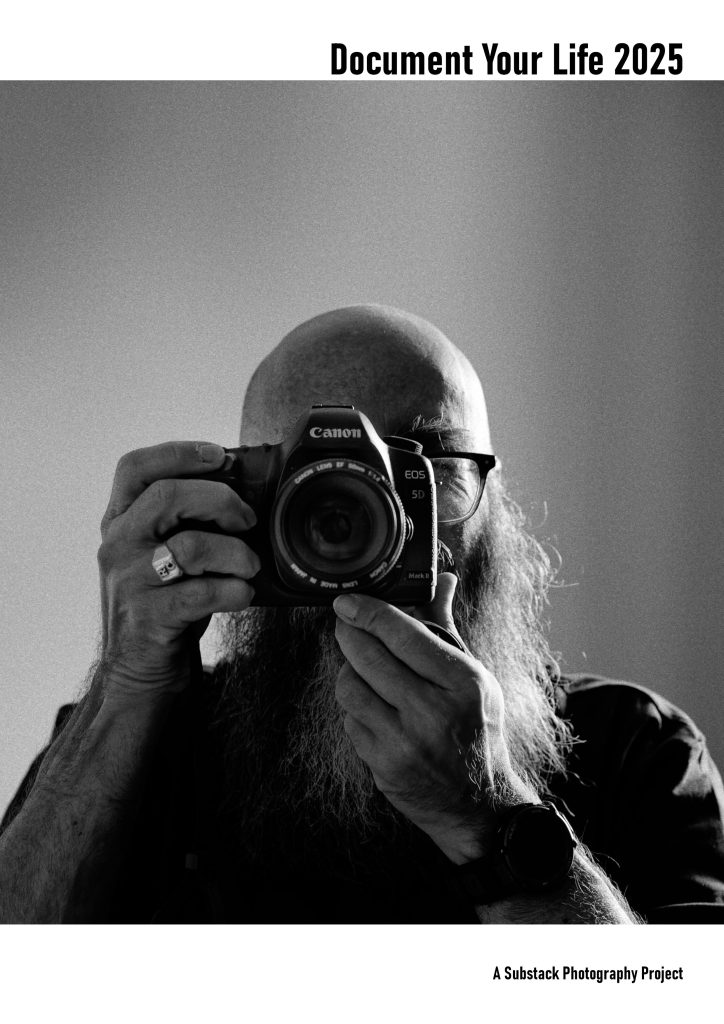
After yesterday’s crazy climbing, we decided to stay home and rest today. It’s very hot anyway, no weather to spend the time outside.
Of course, like every morning here, a photo of our street from my office to start with.
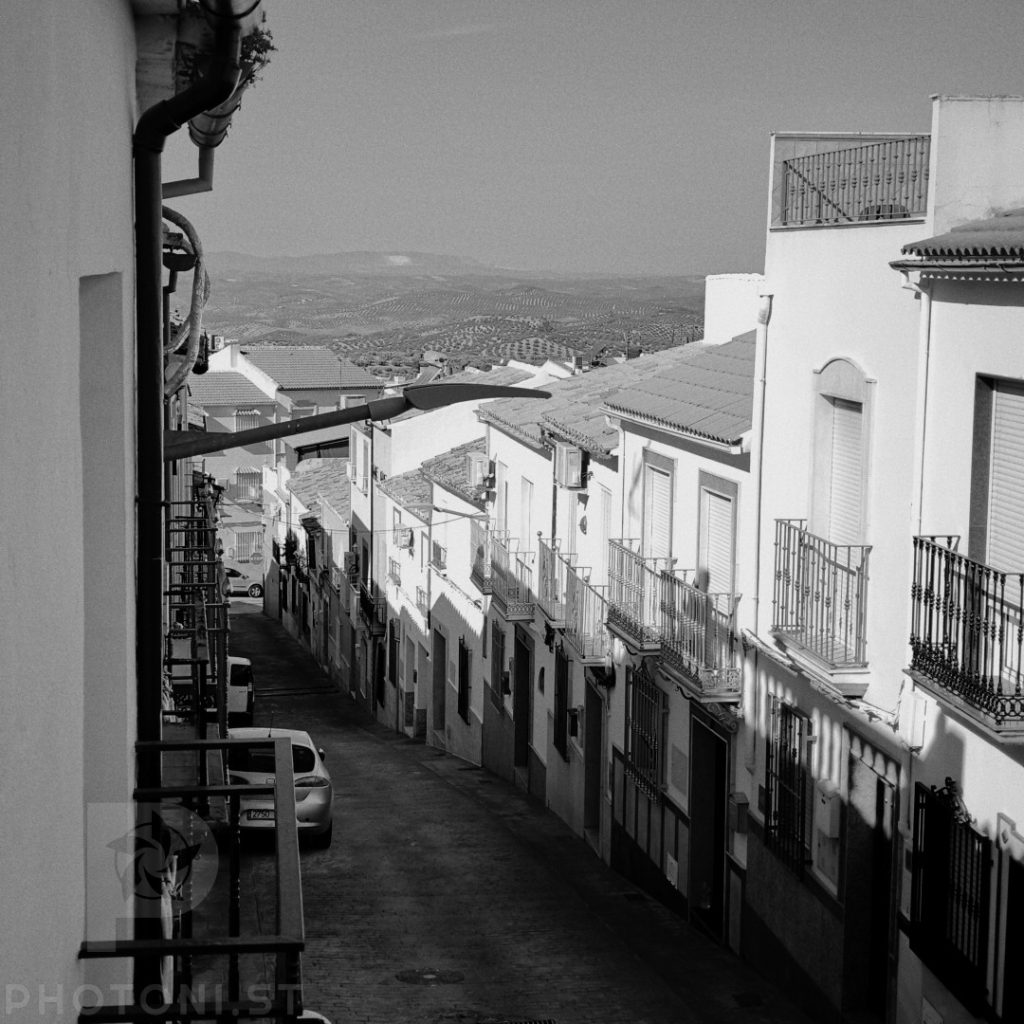
I have to do a bit more waiting today for more deliveries (my office UPS died). My wife retouched the wall a little bit after the wallpaper dried over night.
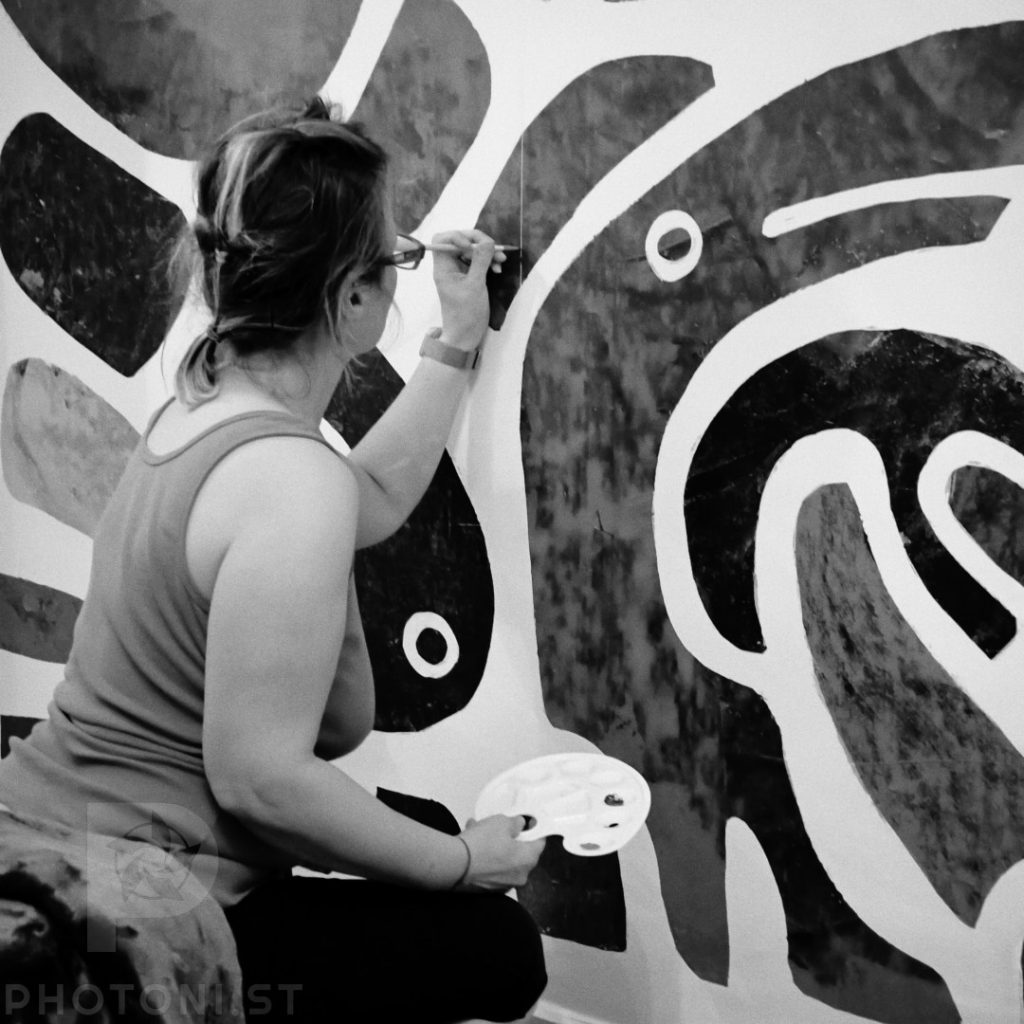
Most great photographers are said to have a style. Something that instantly identifies their photographs as theirs to the initiated (think Ansel Adams, Cartier-Bresson, Moriyama). But is it something you need to pursue?
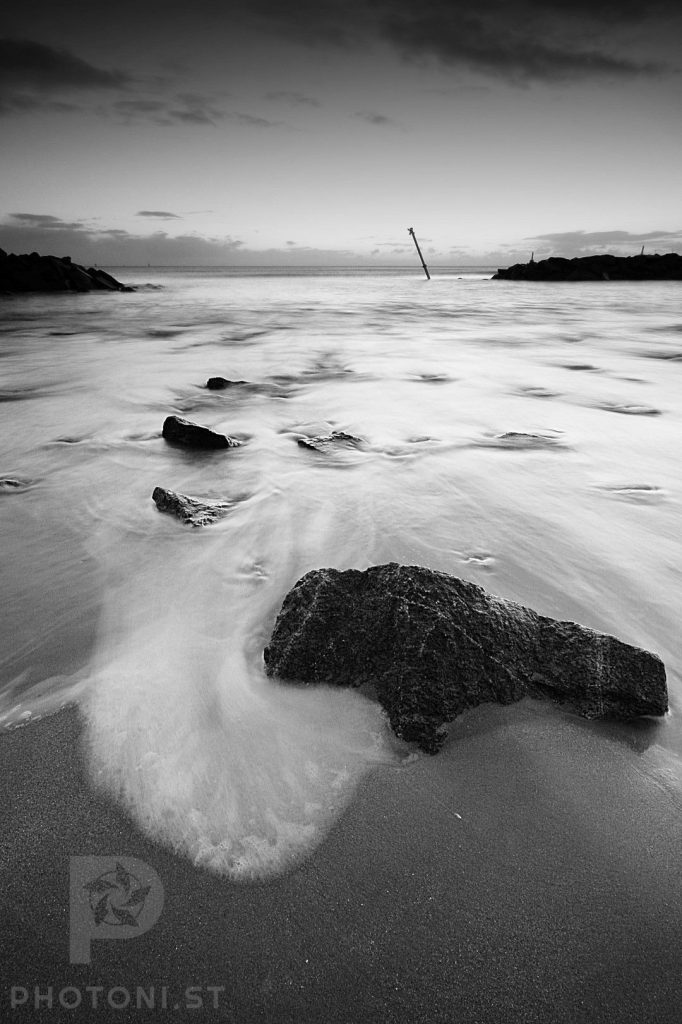
Sometimes you wait. A lot. I ordered stuff online yesterday we needed urgently. Deliveries require us to be present because we don’t have a large mailbox in Spain, but also the deliveries always require confirmation of NIE numbers.
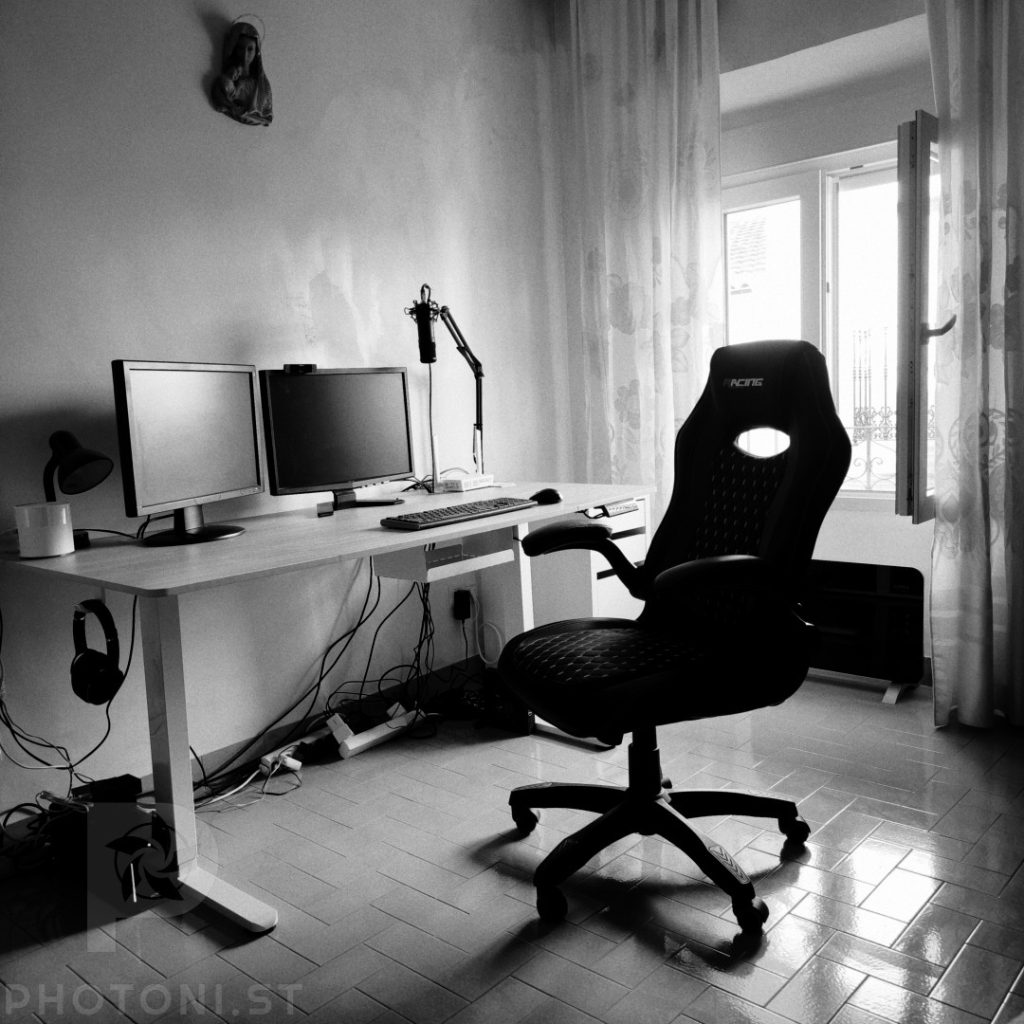
Not too many photos today, I used the TLR a bit and I didn’t bring the equipment to process in the field, so these will have to wait. Today we went for a walk in Iznajar, a nearby town.

That’s another Archer reference for you after yesterday’s title. First day of rest in our house. Internet back up (it had been down since April), everything unpacked.
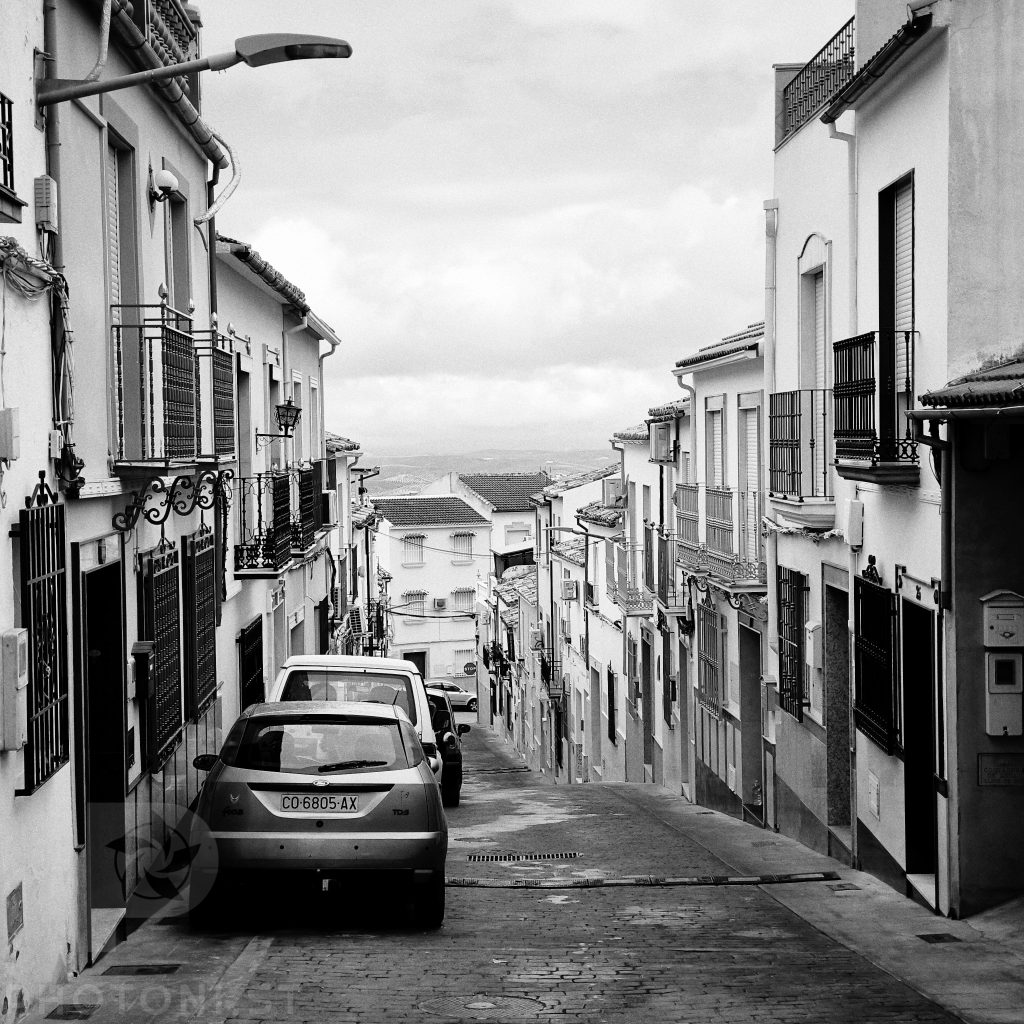
Just landed in Paris, a day’s rest and I’m on my way South to Spain. I’ll try to continue taking daily photos. These aren’t good compositions, they’re just a record.
